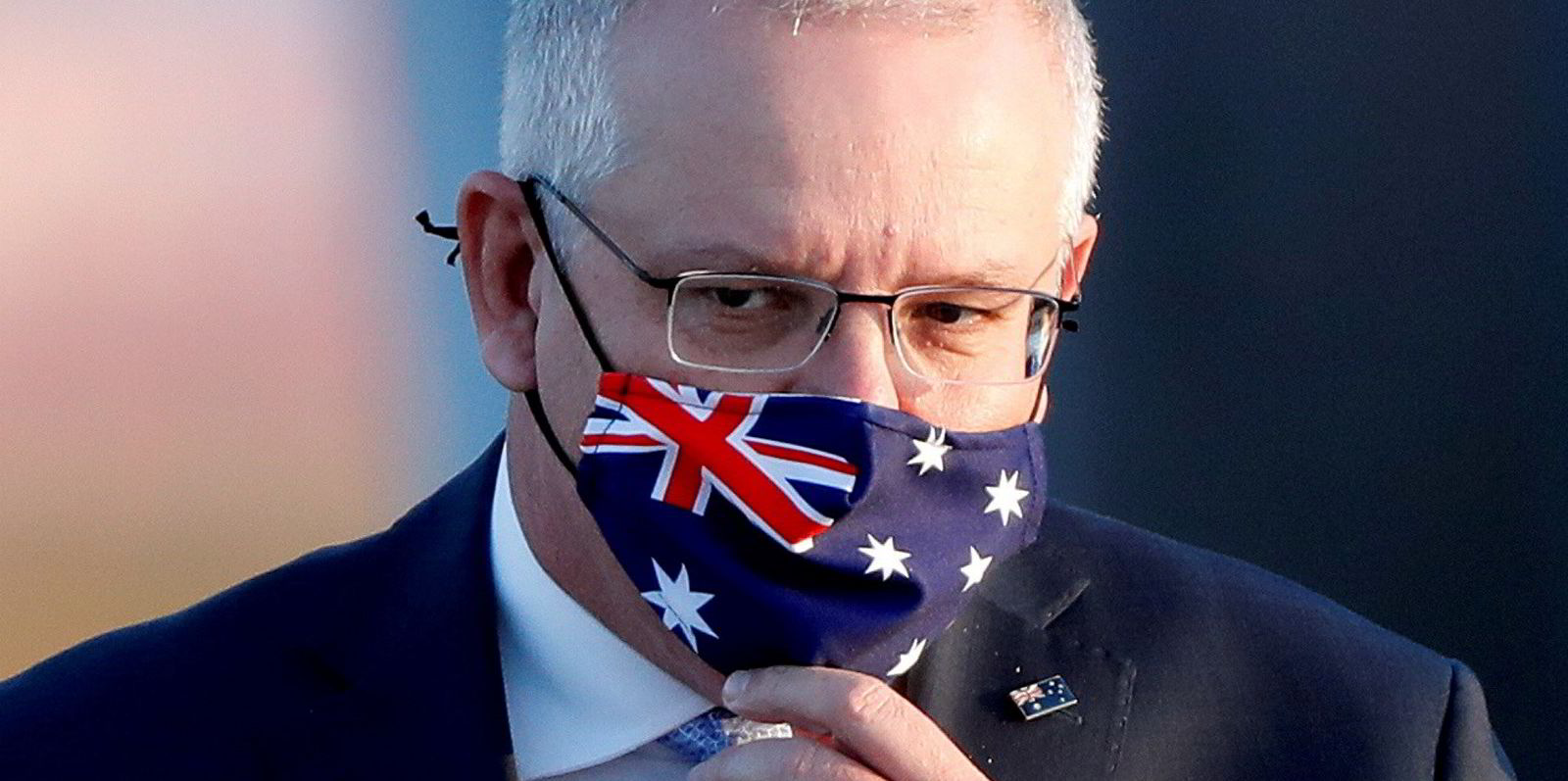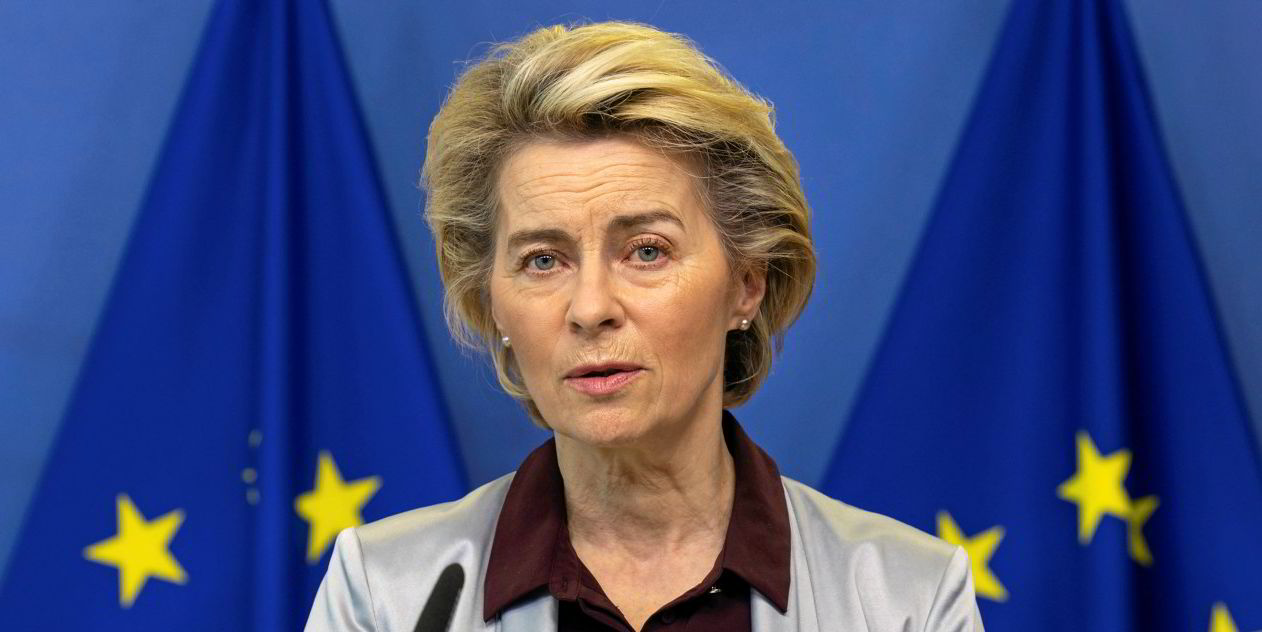After the most turbulent year, shipping ends 2020 in a quiet state of renewed hope and a bit of razzle dazzle.
Certainly, there is exuberance on the China to Brazil trade, with container rates up by 750% since the summer.
Spot charter rates for VLGCs have also just hit five-year highs while shipping stocks in New York have notched up a fifth straight week of wins on 11 December against wider leading indices.
The commodity markets have also been flying, with energy stocks, industrial metals and agriculture all pressing upwards.
The price of iron ore and copper are at seven-year highs, with iron ore up a quarter in recent weeks on the back of Chinese demand and copper up 16% to $7,749 per tonne, the Financial Times has reported. Lead, it said, is up 20% at $2,058 per tonne.
The biggest commodity risers so far have been low-sulphur gasoil futures — reflecting renewed maritime bunker demand — that are up by one-third since the beginning of last month.
Optimism abounds
Rising optimism is grounded in the Covid-19 vaccine breakthroughs and hopes of a China-led global industrial recovery in 2021.
Upward pressure has also been exerted by trade disruptions, not least around the political squabble between China and Australia.
Also supporting commodity prices has been supply disruptions in Peru and Chile due to Covid lockdowns and pay disputes.
It has been a difficult 12 months but shipping in many ways came through with flying colours
Global economic stimulus packages have raised optimism, as have a raft of “green new deals” designed to switch countries away from fossil fuels.
This is driving extra demand for the kinds of minerals needed to power electric cars and wind turbines.
The S&P Goldman Sachs industrial metals index has climbed by 38% since 1 June and analysts at BMO Capital Markets predict further gains in the early months of next year.
Of course, the oil price has bounced back to $50 per barrel and should stay stronger after Opec and its allies agreed to keep production quotas relatively tight.
It has been amid this sunnier outlook that shipping has been prospering with VLGCs in the fast lane.
In October, Cleaves Securities predicted VLGCs spot rates would average $37,000 per day in the fourth quarter.
But, in a report out on Tuesday, the shipbroker calculates that this figure was likely to be 80% higher at $67,000 per day.
Gut-busting rates
Cleaves puts the surge down to strong liquid petroleum gas exports combined with congestion in the Panama Canal. But it warns that the good times may not last: “We ... remind investors of the tale of Icarus flying too close to the sun.”
Meanwhile, there has been a 44% rise in container rates between Shanghai and north European ports — now at the highest level for more than 10 years, according to Alphaliner.
But for really gut-busting rates, you have to look to China to Brazil, where summer rates of $615 per teu have now reached $5,225.
This is partly a Christmas rush, which can be expected to die back almost as quickly as it has appeared — but it is spectacular nonetheless.
It has been a difficult 12 months but shipping in many ways came through with flying colours
Meanwhile the oil price may have recovered but the tanker market has not.
As Tim Smith from Maritime Strategies International puts it, a weak market will likely limp on.
“Continued stock draws, Opec+ restraint, reduced operational disruption and lower floating storage will be detrimental to market fundamentals,” he said.
There is more optimism around the dry bulk sector, with Cleaves predicting a 2.4% demand growth for 2020 more than doubling to 5.4% in 2021. But then we learned this year that nothing should be taken for granted.
As recently as Tuesday, the International Energy Agency warned that it was revising downwards its oil demand forecasts for 2021 on the back of continued border closure and travel restrictions, which was hobbling aviation recovery.
Black Swan events
Maritime investors, like others, will always factor in the possibility of a Black Swan — unexpected — event to disrupt their general strategy. But no one saw Covid-19 sweeping through the business world, shutting down whole cities, grounding planes and sending oil prices to zero.
It was a tumultuous period for everyone, not least the shipping industry where a crew-change crisis has yet to be entirely resolved.
It has been a difficult 12 months but shipping in many ways came through with flying colours: showing determined resilience to keep global trade supply lines moving. Big pat on the back for that.






